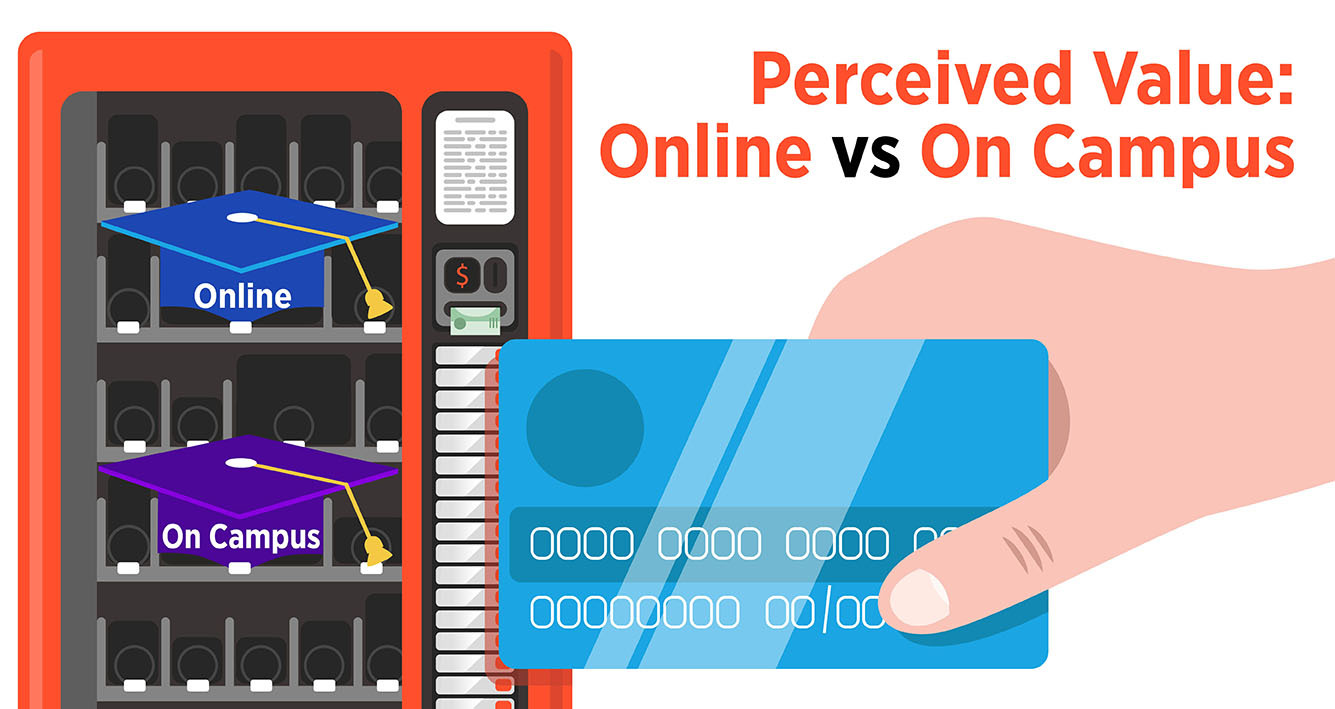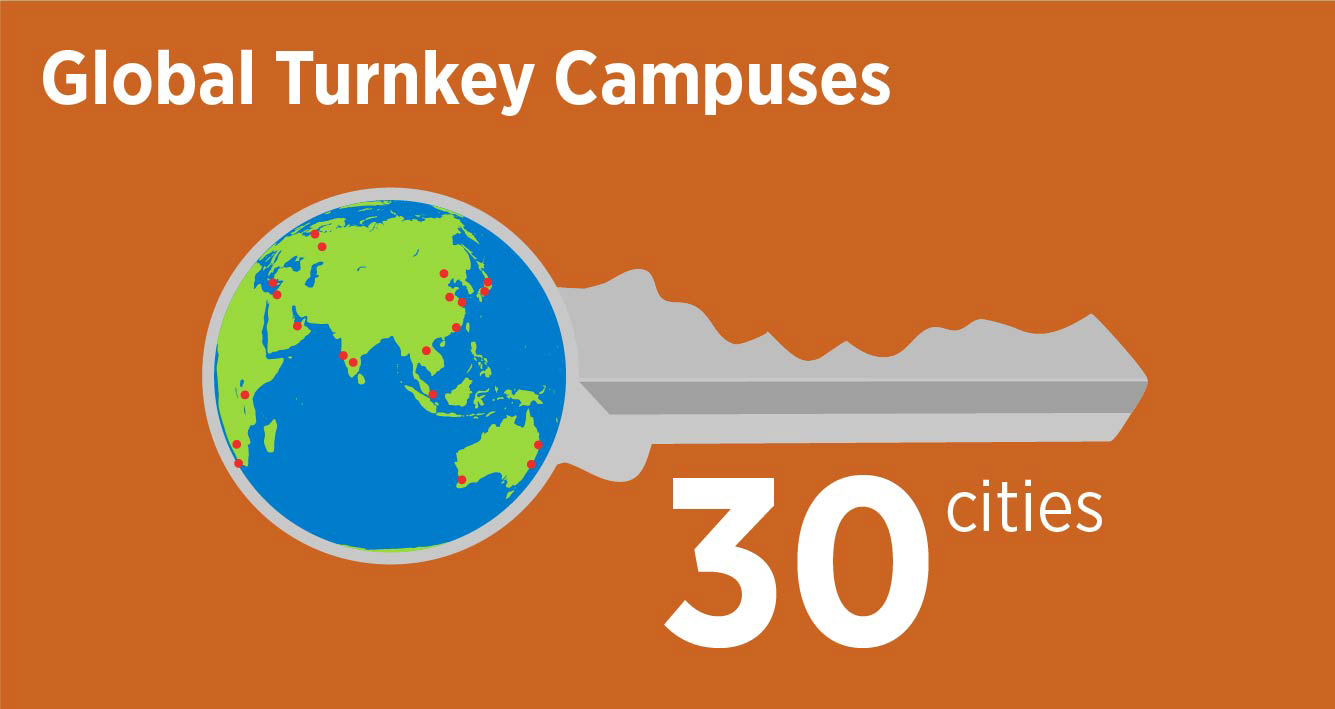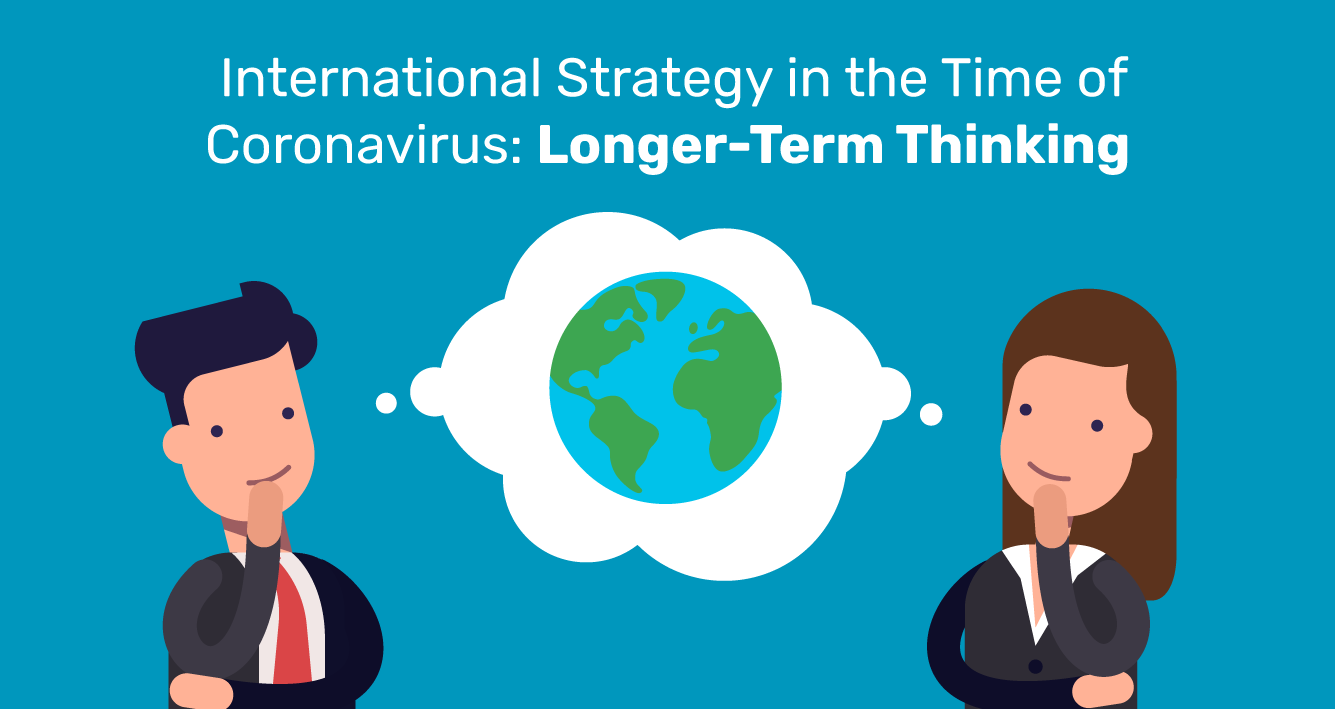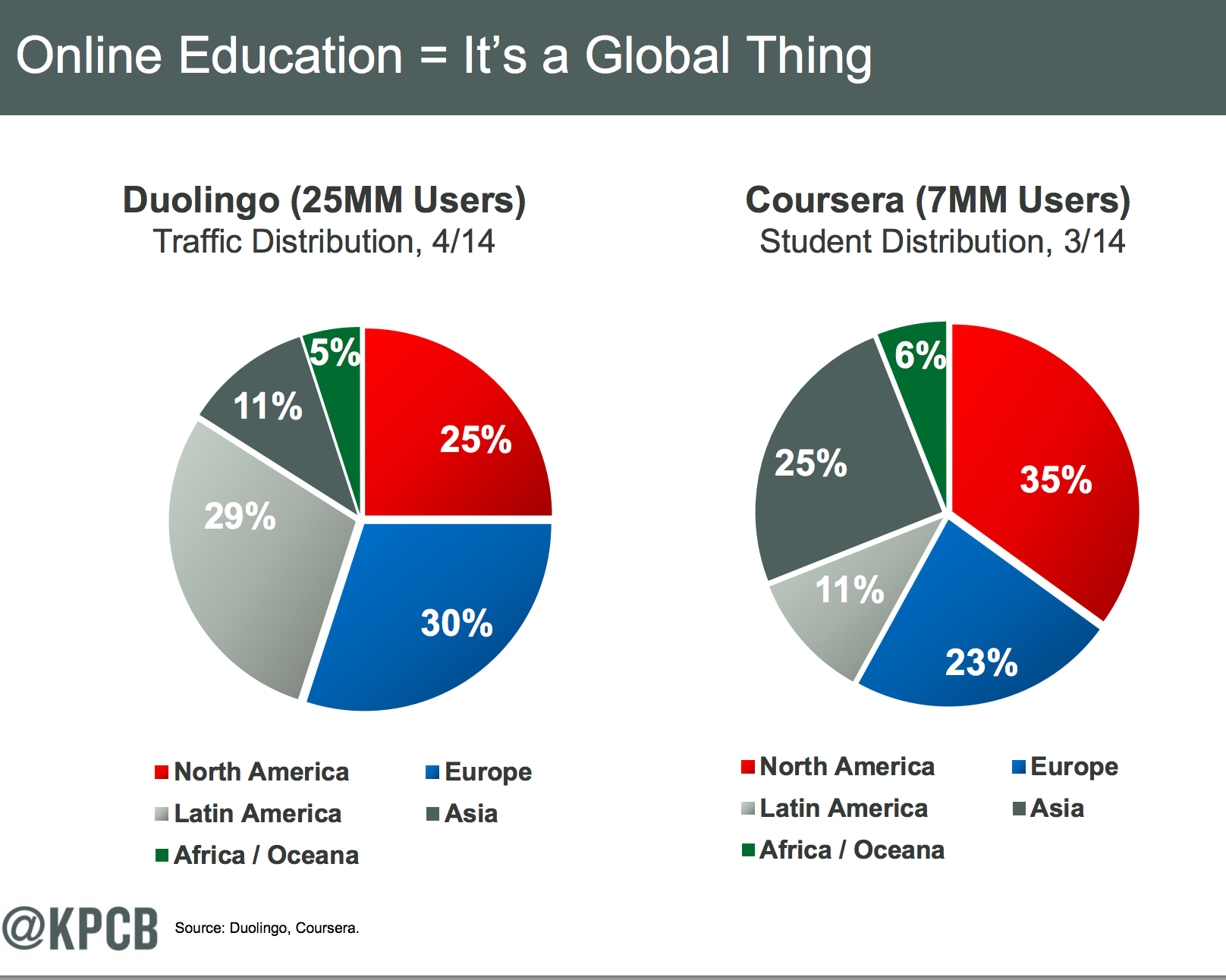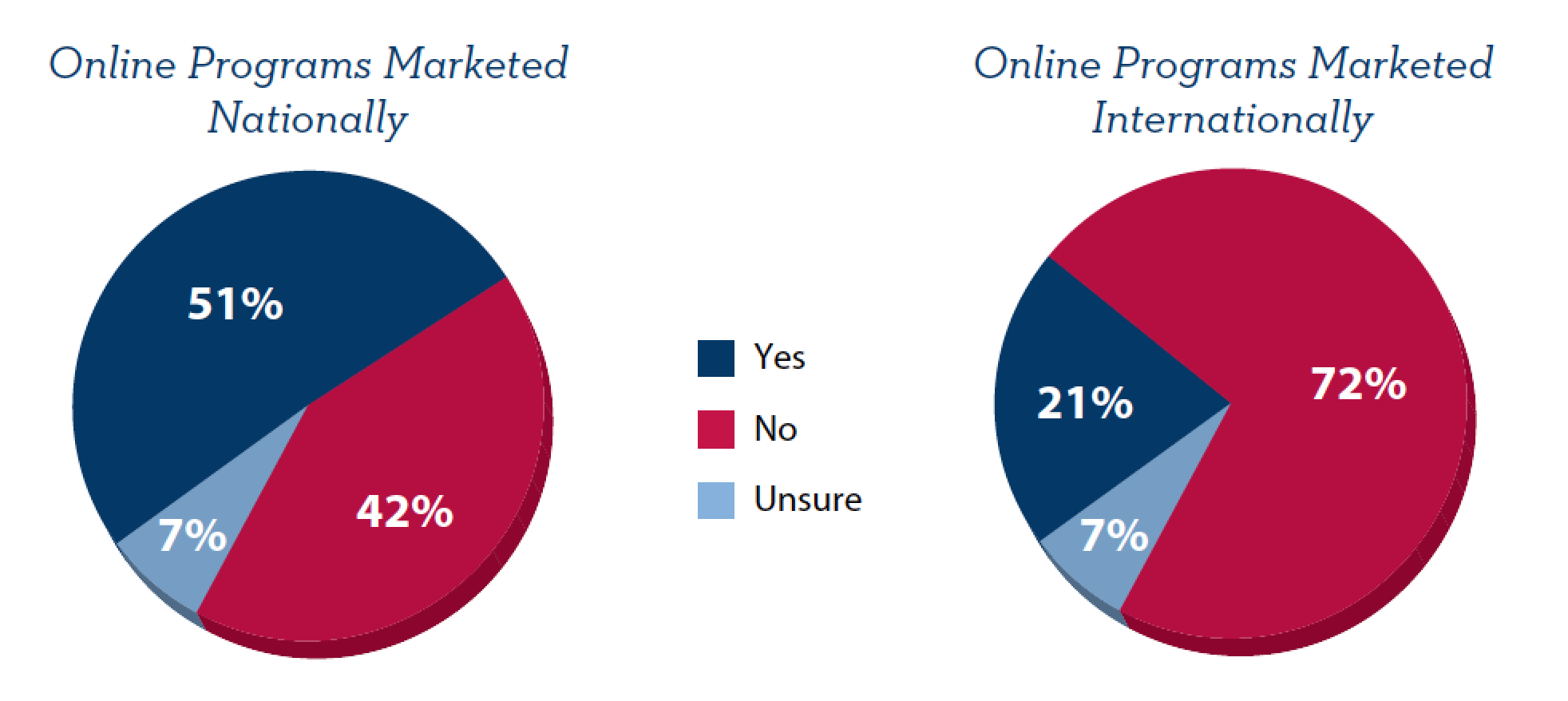What are your students willing to pay for an online education?
Here is what you are really after: given your brand reputation, the demographics of your student cohort and the potential to create a new service delivery model, what should you offer and how much should you charge for it?
Let’s get that answered!
Our primary message: custom research into what your student cohort is willing to pay for your brand on campus or online is invaluable. An important part of innovation is the upfront market research that points your team in the right direction.
Below we review some new pricing research that offers insights and a conceptual approach to getting this type of data for your institution.
The context: During a high school Zoom graduation ceremony we watched this past week (my niece got her paper!), the valedictorian shared the experience of his last day in high school in March this year – a day like any other, except that at the end of it, the principal quite suddenly told everyone there would be no school the next day. A mundane day that suddenly marked the end of all he had worked for. No celebration, no Senior Week pranks, no high fives, just, head home and, as it turned out, don’t return.
His comment at the close of his valedictorian graduation speech: Don’t ever doubt that the world can change in an instant.
Across the globe, students and institutions shared that experience. How will all those valedictorians and all their friends make decisions going forward. College? Job? Remote learning and a job?
Read on for pricing research perspective to get you thinking.
And watch this space over the next few weeks as we dive into the doing that is prompted by the thinking. We’ll be sharing detailed case studies of some of the successful digital marketing work we’ve been doing for a variety of institutions around the world.
Yes, even during a pandemic, especially during a pandemic, digital marketing will connect you with your target audiences. We will show you how and give you benchmarks to help you evaluate how you are doing.
Read More
